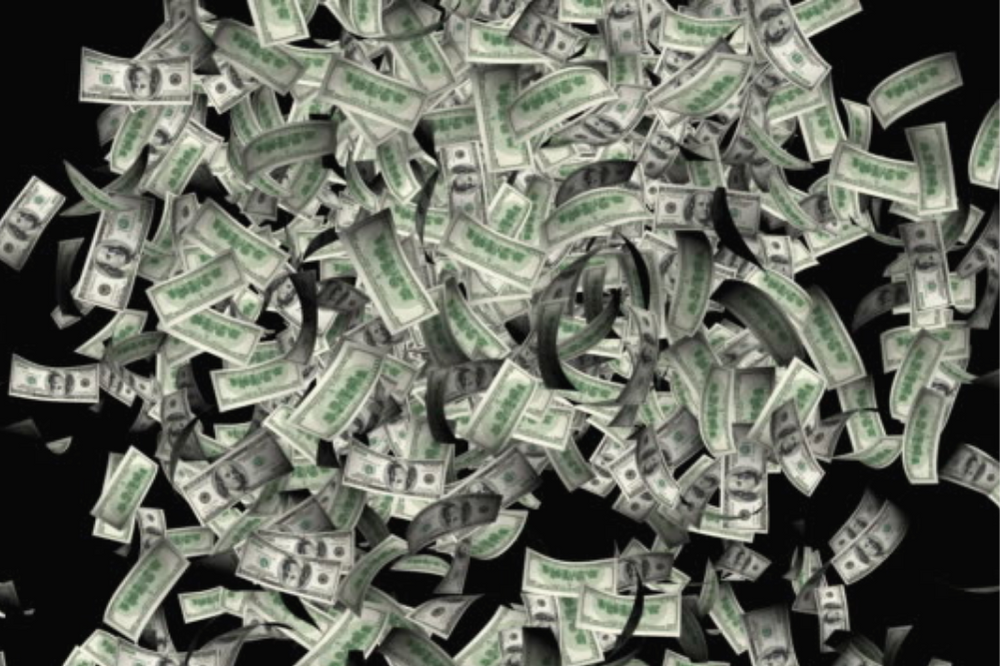
Graphic courtesy of the NY Post
The Culmination of our Predicament: “Inflation”
We’ve been calling the massive increase in the Consumer Price Index (CPI) “inflation” for several months now. I am of the mind that this is something far different, and more impactful, than the simple notion of “inflation”. I’ve said it before – inflation is more indicative of an environment where wages rise faster than goods and services. However, when goods and services rise faster than wages, that’s more telling of a “recession” than anything else. Regardless of the term we choose to use we have to look at the full picture. Everything is expensive. VERY EXPENSIVE. And it seems the ground beneath our feet is shifting quickly – but it’s not due to one simple factor, its complicated.
The Bureau of Labor Statistics (BLS) indicated on Friday that CPI has now increased 8.6% over the past 12-month period. While the average wage, during the same period, rose 5% – meaning the average worker ultimately got a 3.6% pay cut. Moody’s calculates the increase in CPI correlates to an additional $460.42 per month, per US Household. The average cost for a gallon of regular unleaded gas in America was $4.986 as of Friday 6/10. The BLS reports that the price of a new car is up 12.6% and groceries are up 11.9%, the largest spike since 1979.
So many people are asking me, how? Why? Or simply pointing to specific politician – or the Fed – and gifting them their blame. Like I said, its complicated, and the factors are many.
The Culminating Factors:
- Quantitative Easing – Between 2020 and 2021 we increased the money supply by more than 40%.
- War – The war in Ukraine has resulted in massive commodity shortages domestically and abroad.
- Covid19 – Covid restrictions continue to strain global supply chains – restrictions at home and, largely, abroad (China).
The result of these factors: economic hysteria. The truth of the matter is this is a perfect storm and there’s little to do but weather it. I see self-proclaimed ‘experts’ chanting the need for more aggressive rate hikes. But somethings the Fed can’t fix – especially in a short-period of time. The economy is like a very large ship and cannot simply turn on a dime. In fact, it shouldn’t.
Throughout history you hear folks yelling about economic implications that were a result of policies implemented years, even decades, prior. Nothing is instantaneous when it comes to the effects of economic policy. The dominos must fall into place and time, unfortunately, will be our biggest culprit.
Yesterday – June 15th – Fed chair, Jerome Powell, announced the largest interest rate hike, in a single instance, since 1994 – bringing us up another 75 basis points (0.75%). Though this is the largest in nearly 3 decades. It is sustainable and wont rock the boat – so to speak – and send the economy into a nose dive.
The next important date we’ll be watching for is not the next Fed meeting in late July. It’s June 28th, when the Fed releases figures on M2 for the month of May – M2 is a measurement of the money supply that includes cash, checking deposits, and easily-convertible near money. M2 declined in April, but there’s a high likelihood this was due to April being the highest tax payment month. Many eyes wait to see this figure – a large indicator of recessionary effects.
All of this to say, we must endure the process. Again, time is our biggest culprit here. When investing, seek out companies/investments with meaningful value propositions – those who create inherent value for society. Speculative business models will be the first to crumble.
If you’re interested in learning more about our perspective on inflation or schedule a call with me HERE.
Warmly,
Mark Sauer
info@AllOneWealth.com
+1(310)355-8286
Let's Build Wealth With Purpose







